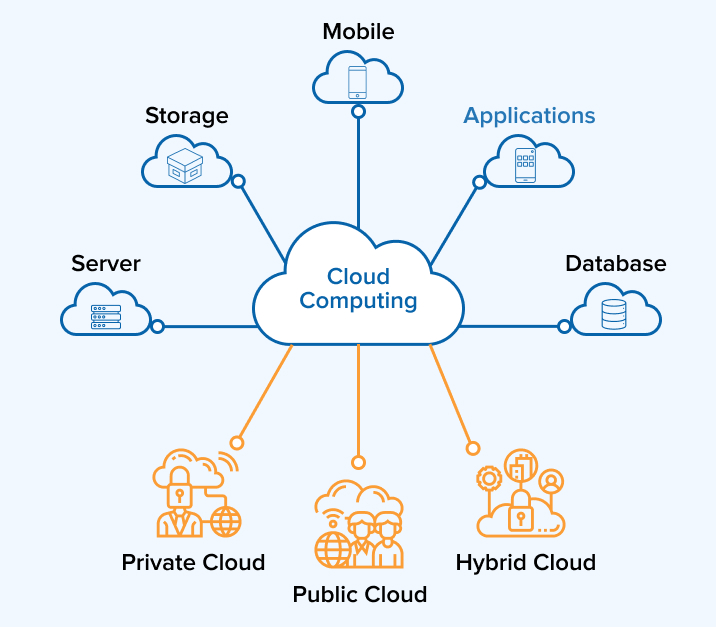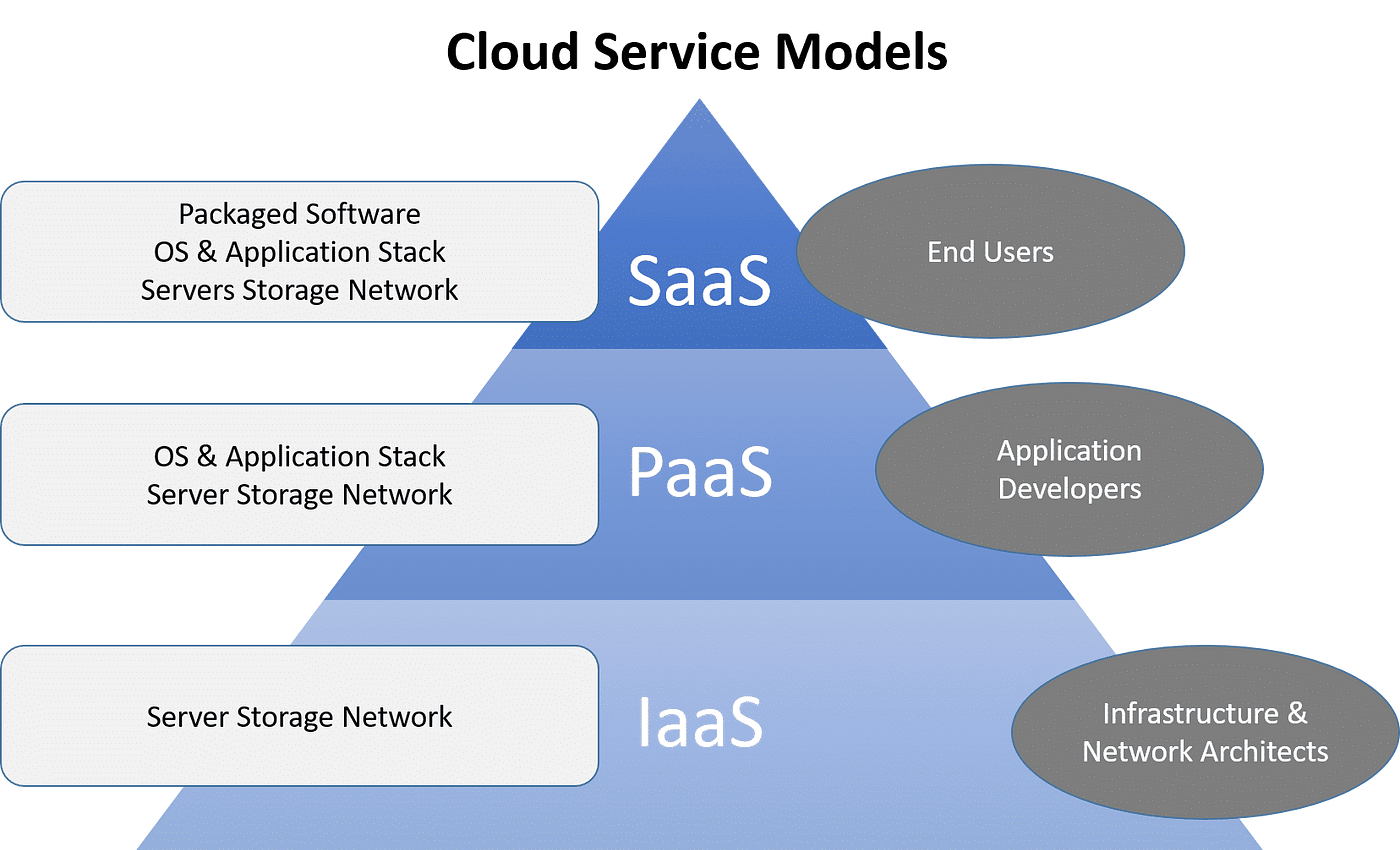Revolutionize Your IT Infrastructure With Cloud Services
In the ever-evolving landscape of IT framework, cloud solutions have actually arised as a game-changer for companies looking for to increase and improve operations efficiency. The shift towards leveraging cloud services supplies a myriad of benefits that can reshape the way companies operate, from enhancing prices to making sure seamless scalability. Nonetheless, the actual concern stays: Exactly how can business successfully browse this transformative journey and harness the full potential of cloud solutions to remain in advance in today's open market?
Benefits of Cloud Solutions
Cloud services use numerous advantages to companies and companies looking for to improve their IT framework. One key advantage is cost-effectiveness, as cloud solutions get rid of the requirement for upfront investments in software and hardware. Rather, companies can choose for a pay-as-you-go model, decreasing capital costs and enabling for more predictable budgeting. Additionally, cloud services provide scalability, enabling organizations to easily change their sources based on need. This versatility makes sure that businesses can effectively deal with variations in workload without overprovisioning servers or storage space.
Another benefit of cloud solutions is improved availability. By saving information and applications in the cloud, workers can access them from anywhere with an internet link. This enhances collaboration and productivity, especially for remote or dispersed teams. Moreover, cloud solutions offer enhanced security actions, such as information file encryption, regular back-ups, and durable access controls. This aids shield sensitive details and guarantees conformity with information security guidelines. On the whole, the benefits of cloud solutions make them an engaging choice for companies looking to update their IT infrastructure and drive development.
Migration Strategies for IT Facilities
In the realm of updating IT framework, effective migration strategies are vital for ensuring seamless shifts and maximizing functional efficiency. When preparing the movement of IT framework to the cloud, organizations should initially conduct a thorough assessment of their current systems and workloads. This assessment helps in identifying which components appropriate for migration, estimating expenses, and establishing realistic timelines.
One common movement approach is the "lift and change" strategy, where existing applications and data are relocated to the cloud with minimal adjustments. While this strategy fasts, it might not completely leverage the advantages of cloud solutions (linkdaddy cloud services). A more strategic technique entails rearchitecting applications to be cloud-native, capitalizing on the scalability and versatility offered by the cloud atmosphere
Moreover, companies can choose for a phased movement, where applications are moved incrementally to the cloud. This technique permits screening and optimization at each stage, lowering the danger of disruptions to core service operations. By carefully preparing and carrying out movement techniques, businesses can efficiently shift to the cloud while minimizing downtime and optimizing efficiency.
Enhancing Safety in the Cloud
Applying robust safety and security procedures is important when transitioning IT facilities to shadow solutions, guaranteeing information honesty and confidentiality are maintained at all times. Safety and security in the cloud includes a multi-faceted technique that includes different layers of security.
Furthermore, solid accessibility controls and verification devices are necessary elements of cloud security. Carrying out role-based gain access to control makes sure that just licensed employees can access sensitive data and carry out particular activities within the cloud framework. Multi-factor verification includes an added layer of safety by needing customers to offer several forms of confirmation prior to accessing essential sources.
Routine safety case, tracking, and audits action treatments are crucial for identifying vulnerabilities and responding quickly to any type of safety and security violations. By constantly examining and enhancing security measures in the cloud, companies can minimize threats and preserve a durable safety and security pose in the ever-evolving digital landscape.
Cost-Efficiency and Scalability
Optimizing operational performance while guaranteeing smooth expansion is a crucial facet of modern IT framework management. linkdaddy cloud services. Cloud services offer a cost-efficient service for organizations wanting to maximize their IT operations. By leveraging cloud resources, companies can scale their infrastructure up or down according to require, eliminating the requirement to purchase expensive hardware that may end up being obsolete quickly. This pay-as-you-go model enables better price control, as companies just pay for the resources they make use of.

Driving Development Via Cloud Adoption
Promoting technical developments, cloud fostering empowers services to drive innovation and stay affordable in today's swiftly developing electronic landscape. By leveraging cloud solutions, companies can streamline check my blog their operations, boost dexterity, and cultivate a society of experimentation and imagination. The cloud supplies a flexible and scalable atmosphere that urges the development of originalities and services without the restrictions of typical IT infrastructure.
One of the key ways cloud adoption drives advancement is with allowing fast prototyping and testing of brand-new services and products. With cloud resources easily available, business can rapidly spin up prototypes, gather feedback, iterate on designs, and bring innovative solutions to market faster than ever. This accelerated development cycle allows businesses to remain in advance of the contour and satisfy the altering demands of customers in real-time.
Moreover, cloud services offer accessibility to advanced modern technologies such as artificial knowledge, machine learning, and huge data analytics, which are crucial for driving advancement in today's data-driven world. By taking advantage of these modern technologies with the cloud, organizations can reveal useful insights, automate procedures, and create individualized experiences that establish them aside from rivals. Embracing cloud fostering not just reinvents IT infrastructure however likewise pushes services towards a future of continual development and growth.
Conclusion

In the ever-evolving landscape of IT infrastructure, cloud services have arised as a game-changer for companies seeking click now to improve procedures and boost performance.Cloud solutions supply many benefits to companies and businesses seeking to improve their IT framework. On the whole, the advantages of cloud solutions make them an engaging choice for organizations looking to update their IT infrastructure and drive innovation.
Executing robust safety my review here and security actions is vital when transitioning IT facilities to shadow solutions, making sure data stability and confidentiality are preserved at all times.In conclusion, cloud solutions supply numerous advantages for changing IT framework, consisting of cost-effectiveness, scalability, boosted safety, and technology chances.